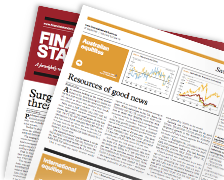21 years of data and passive usually beat activeBY BETASHARES | THURSDAY, 11 APR 2024 8:00AMFor 21 years it has been the go-to report for investors and others interested in the 'active versus passive' debate. With more than two decades of data to refer to, what can we learn from these reports? What is SPIVA? SPIVA stands for 'S&P Indices versus Active'. The SPIVA reports are published by S&P Dow Jones Indices, a division of S&P Global. Their primary purpose is to inform the active versus passive debate, by providing data on how actively managed funds around the world have performed, over both the long and the short term, against appropriate benchmarks. The two main reports that are produced are: The SPIVA Scorecards These provide data on the performance of active funds against relevant benchmarks. Reports are provided for markets around the world, both equity markets and fixed income markets. They are broken down into categories according to the type of fund, to ensure the appropriate benchmark is used - for example, large, mid or small-cap funds. The SPIVA Persistence Scorecards These measure the consistency of a fund's performance relative to its peers. In other words - are funds that outperform in a given period able to maintain that outperformance in subsequent periods? This scorecard is designed to address the question of whether outperformance is the result of skill - in which case outperformance would be expected to persist over time - or luck - in which case outperformance would be expected to be more random. Get articles like this delivered to your email - Sign up for the free weekly newsletter More Articles |
Latest News
ASIC releases new relief for reportable situations regime
TA Associates invests in Viridian Financial Group
Shaw and Partners splashes $63m for New Zealand expansion
4600 relevant providers yet to meet qualification standards: ASIC
Cover Story

Moving mountains
FOUNDER & FINANCIAL PLANNER
MAZI WEALTH




 Read full article
Read full article


















